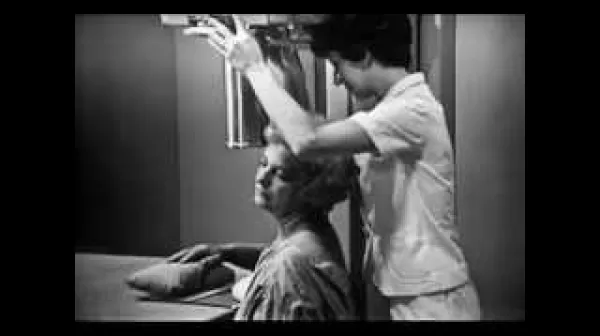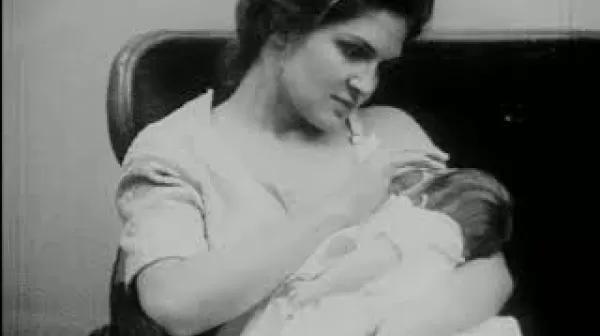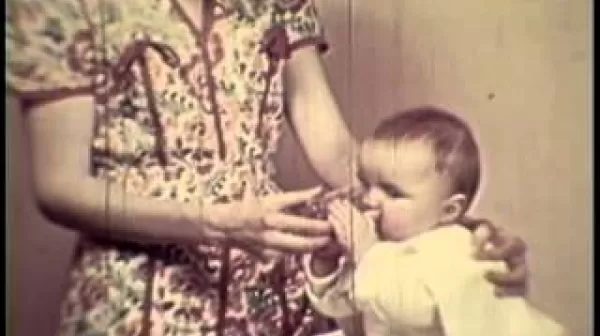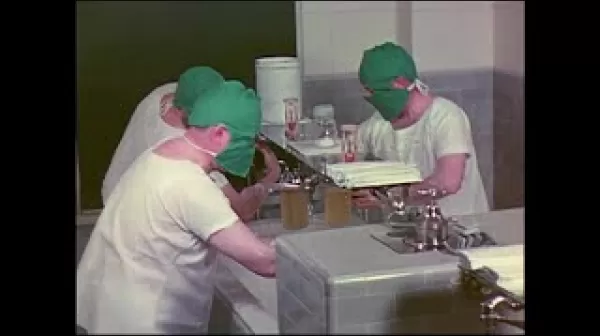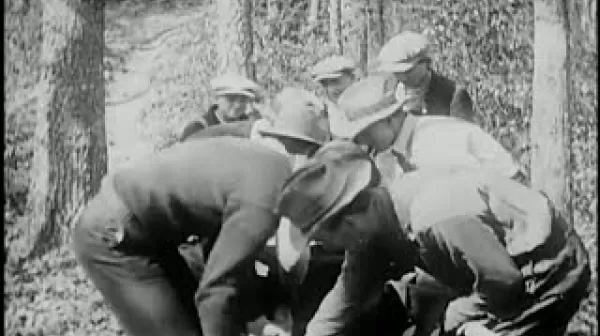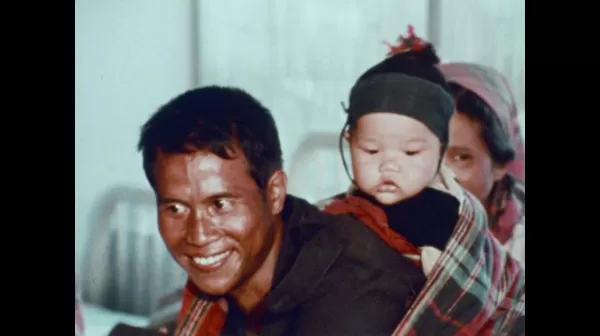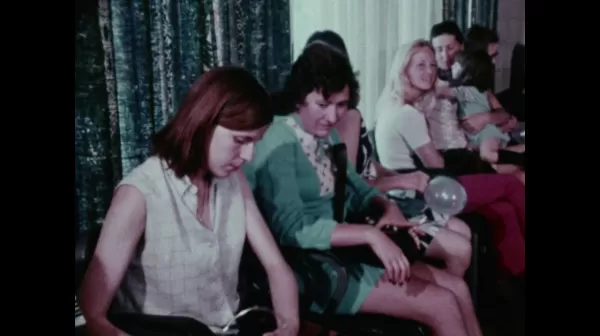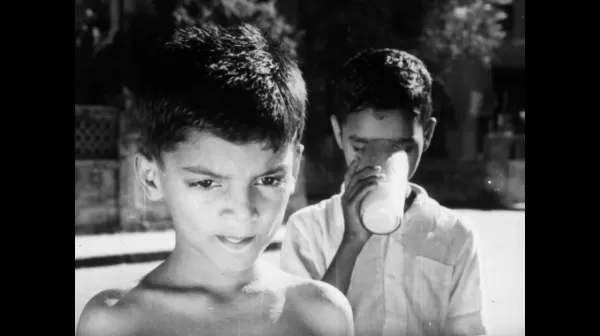Mammography Technique (USPHS, 1965)
The purpose of this presentation is to describe and demonstrate the technique for achieving the maximum roentgenographic detail in mammography. This objective is achieved with the aid of a middle-aged female clinical subject, a female mammography technician, x-rays, photographs and graphs. The program stresses the importance of obtaining radiographic detail in the early detection of breast cancer. In this presentation statistics regarding the incidence of breast cancer in the United States are presented first.

